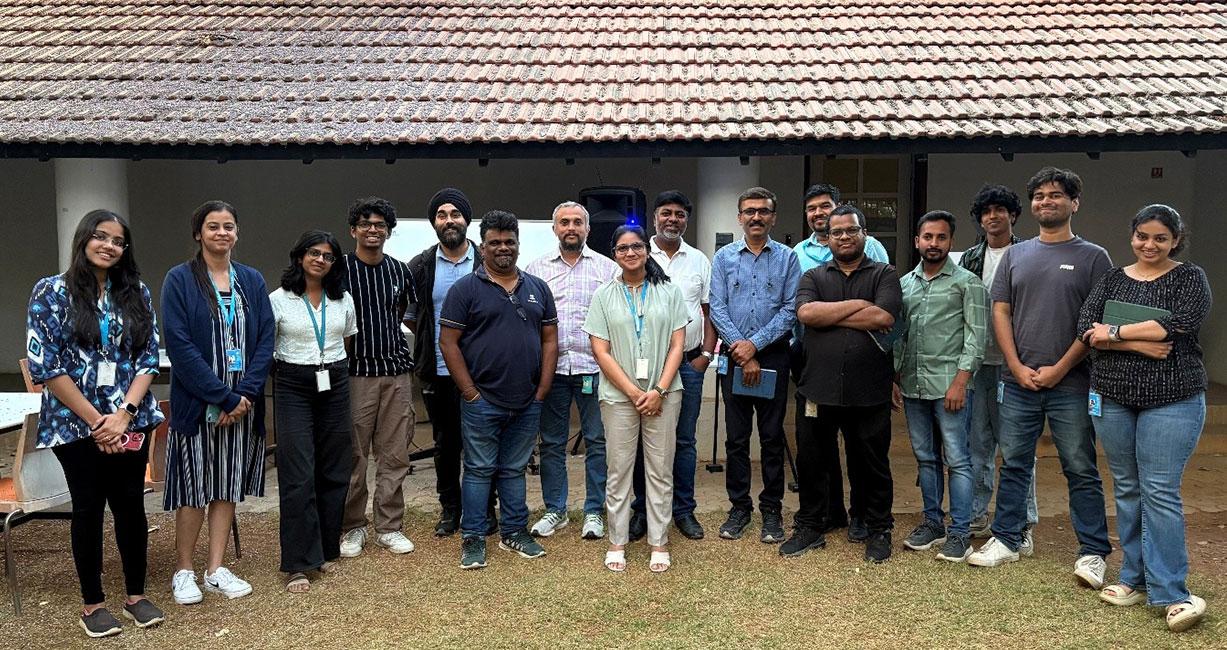Executive Summary
Great design begins with strong research and structured brainstorming. Understanding user needs, anticipating market trends, and generating impactful ideas require a systematic approach that combines data-driven insights with creative exploration. By leveraging the right methodologies, designers can craft innovative, user-centric solutions that align with real-world needs.
Workshop #7 of the Ignite 2025 series, led by Spandhana, focused on the importance of design research and brainstorming techniques in shaping better products and services. The session highlighted the balance between structured research and free-flowing ideation, ensuring that every creative decision is informed and purposeful.
The Role of Design Research in Innovation
Design research serves as the foundation of innovation, allowing designers to make informed decisions rather than relying on assumptions. A well-executed research process helps identify trends, user behaviors, and emerging market needs, ensuring that design solutions remain relevant and impactful.
One of the key discussions in the workshop revolved around backtracking in design research. This approach involves analyzing historical trends and consumer behaviors to predict future design needs. By understanding past developments, designers can anticipate challenges and refine their strategies accordingly.
The session also emphasized the importance of validating ideas throughout the design process. Many breakthrough innovations, such as Google Street View and AI-powered navigation tools, started as radical ideas before becoming industry standards. The workshop encouraged designers to embrace bold ideas while ensuring they are backed by rigorous research and data validation.

Brainstorming Techniques for Structured Ideation
Brainstorming is a vital part of the design process, but without structure, it can lead to scattered or impractical ideas. The workshop introduced several proven brainstorming techniques to help teams generate innovative yet feasible solutions.
One of the most engaging exercises was the Crazy Eight method, a fast-paced ideation process where participants generated eight different ideas in a limited timeframe. This method encouraged designers to think beyond obvious solutions and explore a wider range of possibilities.
Another approach explored was Disney Brainstorming, a structured framework that divides the ideation process into three distinct roles: The Dreamer, The Realist, and The Critic. By separating these perspectives, teams could generate, refine, and critically evaluate ideas, leading to more well-rounded and actionable concepts.
Overcoming Challenges in Design Thinking
The session also addressed common blockers in the design process, such as biases, lack of direction, and idea fatigue. Without proper research, brainstorming sessions risk becoming unstructured and ineffective. Similarly, without creative brainstorming, research may fail to translate into innovative design solutions.
A major takeaway from the discussion was the importance of balancing research and ideation. Research provides the context and insights needed for effective brainstorming, while brainstorming ensures that research findings are translated into creative, problem-solving solutions.
Participants learned that iterative validation—continuously refining ideas based on research insights—is key to creating impactful and sustainable designs. The best ideas are not just creative but also functional, scalable, and aligned with user needs.
Conclusion: Strengthening the Foundations of Design Thinking
This workshop reinforced that design research and brainstorming are inseparable components of the creative process. Research enables designers to identify opportunities, anticipate future trends, and mitigate risks, while structured brainstorming ensures that creative ideas are well-developed and actionable.
By integrating data-driven insights with strategic ideation, designers can craft solutions that are not only innovative but also practical and meaningful. This holistic approach to design thinking allows for the creation of products and experiences that truly resonate with users.
Looking Ahead: The Future of Research-Driven Design
The future of design lies in the seamless integration of research and creativity. Advanced data analysis, AI-driven insights, and user behavior mapping will enable more targeted and innovative solutions. Designers will need to balance creative exploration with strategic validation, ensuring that bold ideas are backed by actionable insights. By refining research methodologies and embracing new ideation frameworks, designers can drive meaningful, user-centric innovation that anticipates market needs and shapes future experiences.
Author
Associate Manager-Business Strategy & Operations
Tata Elxsi




